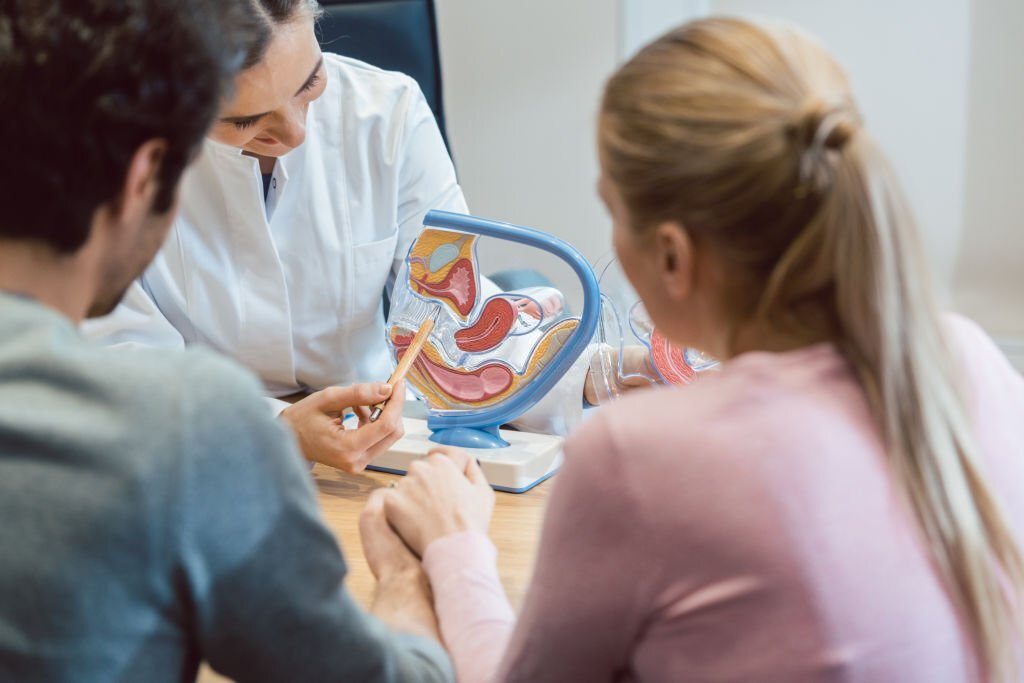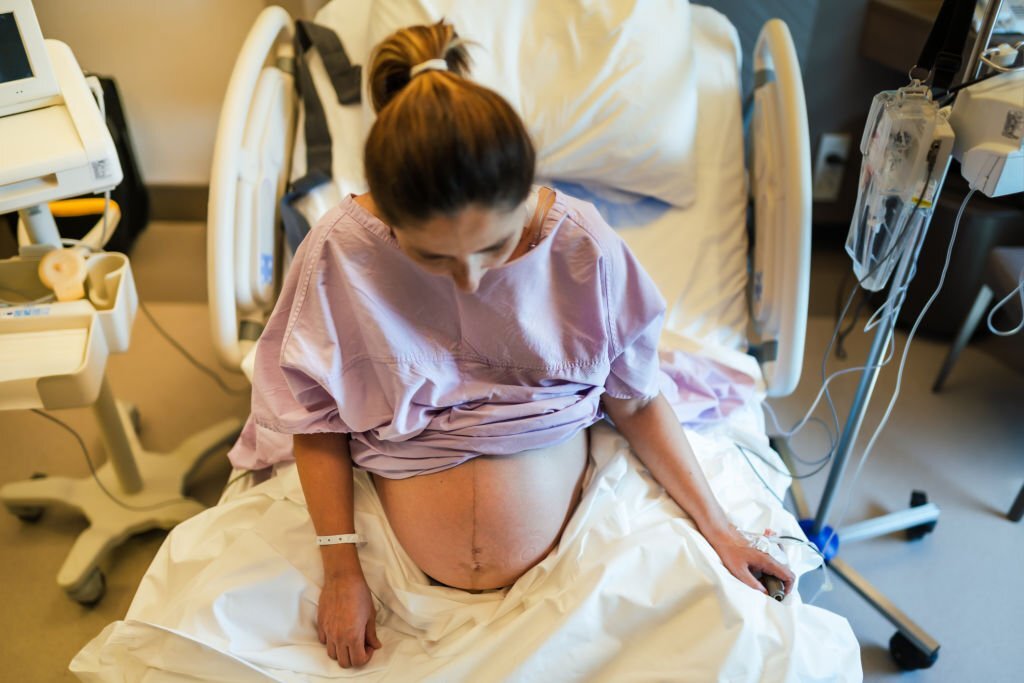Gap before having second baby

The ability to conceive and bear children is a physiological process perceived to be central to a couple’s identity in many societies. Many couples understand human reproduction to be a very efficient process – more so than it really is. For those on birth control, the expectation is to conceive during the cycle that comes after taking the pill is stopped. However, it is always wise to have realistic expectations.
Defining ‘Infertility’
While 85% of women who are less than 30 years of age conceive within the first year of planning a pregnancy, getting pregnant is often more difficult than assumed, especially as the woman’s age advances. Women, on average, conceive in about six months. So, it is necessary to understand this latency to avoid an element of disappointment that usually accompanies the first few failed attempts. Only when a couple fail to conceive even after 12 months of regular, unprotected intercourse, is it defined as infertility.
Postponing Childbearing
Reproductive choices and when to exercise them may have varied connotations for men, women or a couple. Of late, the decision to plan a pregnancy is closely linked to career development, financial stability and the right courtship. This invariably results in many women, nowadays, postponing child-bearing to until later in life. The influence of age on the reproductive potential of a woman is well established. The average age at first childbirth has now crossed 30 years, which is well beyond the fertility peak that is noted in the mid-20s. The knowledge that reproductive potential is limited by time is lost on many, until the actual scenario unfolds. Understanding this basic yet important information, does go a long way in accepting implications of such life choices and how better to sequence them.
Rise in Infertility, Globally
Infertility is, unfortunately, on the rise globally, with the World Health Organization (WHO) releasing estimates of approximately 1 in 6 people experiencing it. The causes for this rise are likely multi-faceted.
Infertility does not discriminate based on gender, social-economic status or demography.
As per a leading journal on reproduction, the average sperm concentration in men dropped by a worrying 51.6% between 1973 and 2018. The rate of decline also appears to be increasing, especially after the dawn of the millennium, as more robust data is being consolidated across different continents.
In many countries, lifestyle choices such as what and when you eat, sleeping duration and pattern, duration and type of physical activity, work stress, substance abuse, smoking and associated comorbidities like obesity, hypertension and diabetes mellitus, have changed the landscape of fertility for the worse. In addition, environmental and occupational hazards are often neglected yet undeniable concepts in the larger portrait of reproductive decline.
Stress is an inseparable part of everyone’s life and as far the implications of stress on conception is concerned, the jury is still out. Stress does bring about physiological changes in cyclic regularity, which can impair the natural process of conception. Although stress cannot be completely eliminated, stress reduction techniques like yoga, breathing exercises and meditation can make the journey to conception more comfortable.
All of the above-mentioned factors hardly affect the reproductive profile in singularity. It is the combination of these factors that has accelerated the decline in fertility over recent times. It is thus imperative for men and women of the reproductive age to seek genuine and balanced information on fertility to make informed decisions regarding reproductive planning before a tipping point is reached.















